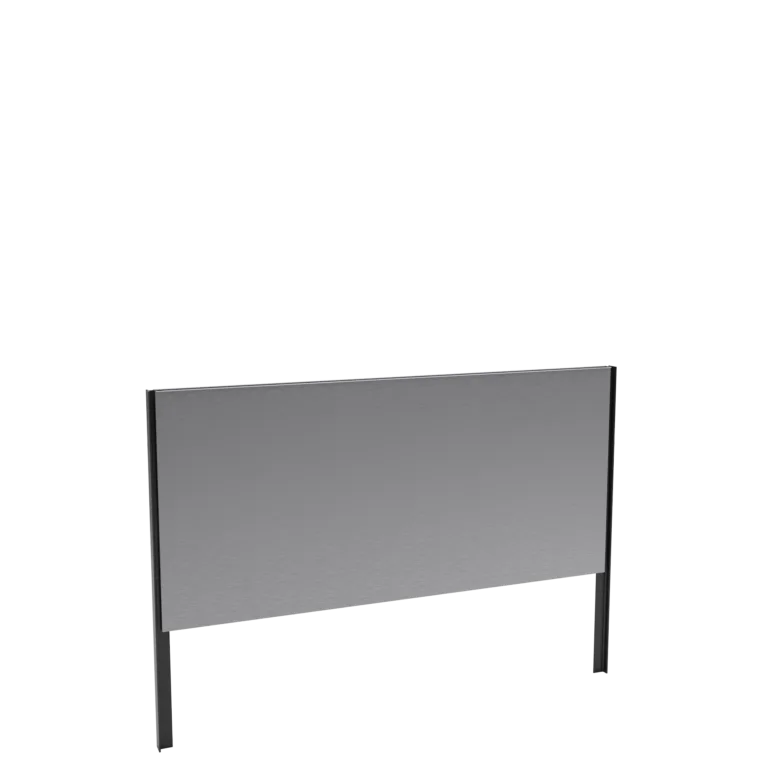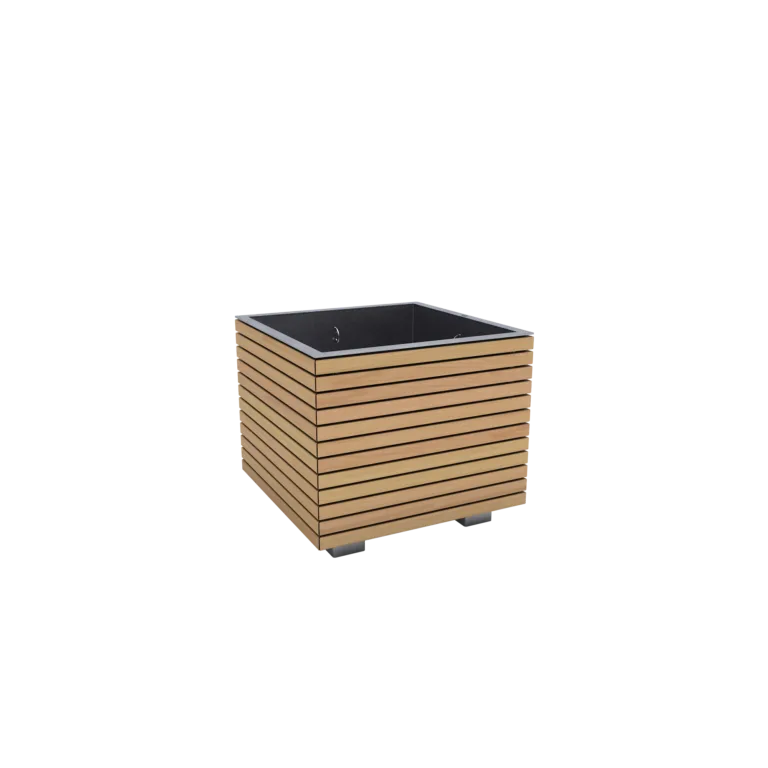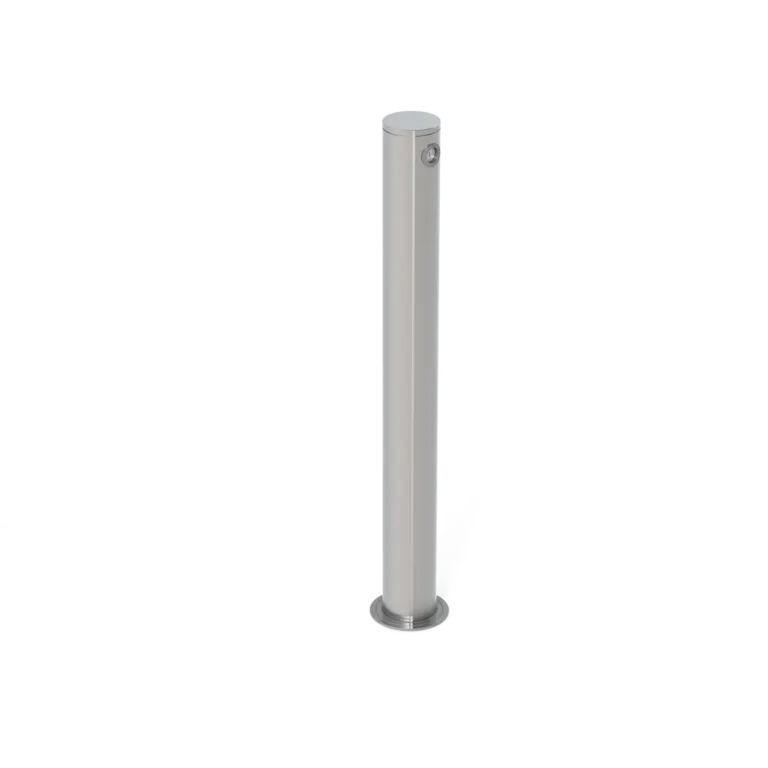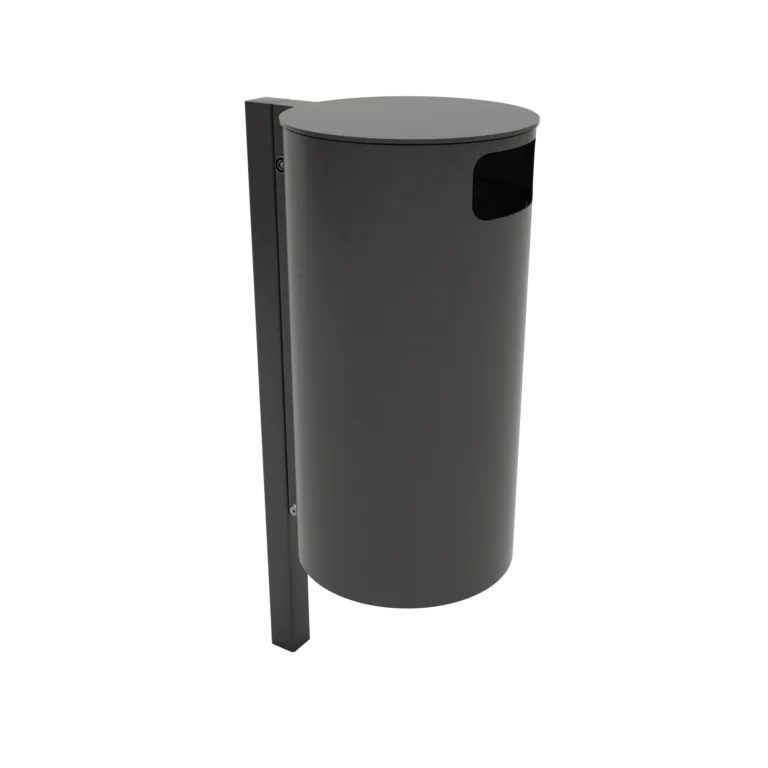The interesting cost-perception ratio of the public elements
Time and again, city visitors or visitors to major events (e.g. Olympic Games) are asked what they remember positively or negatively about the city or event they visited. The public elements (benches, signage systems, waste systems, public transport infrastructures, lighting, etc.) are always and without exception at the top of these surveys. If these are poorly made, badly maintained or not present at all, at best a negative impression remains with the visitor.
Not infrequently, however, this then even leads to an "emptying" of the public space, to a feeling of being unsafe, to fear (I have not dared to go out on the street after dark) and finally to the decision to no longer visit the city/event or to move away from the region. So the furnishing of public space has a very big influence on the perception - the perceptions - of the people who use it.
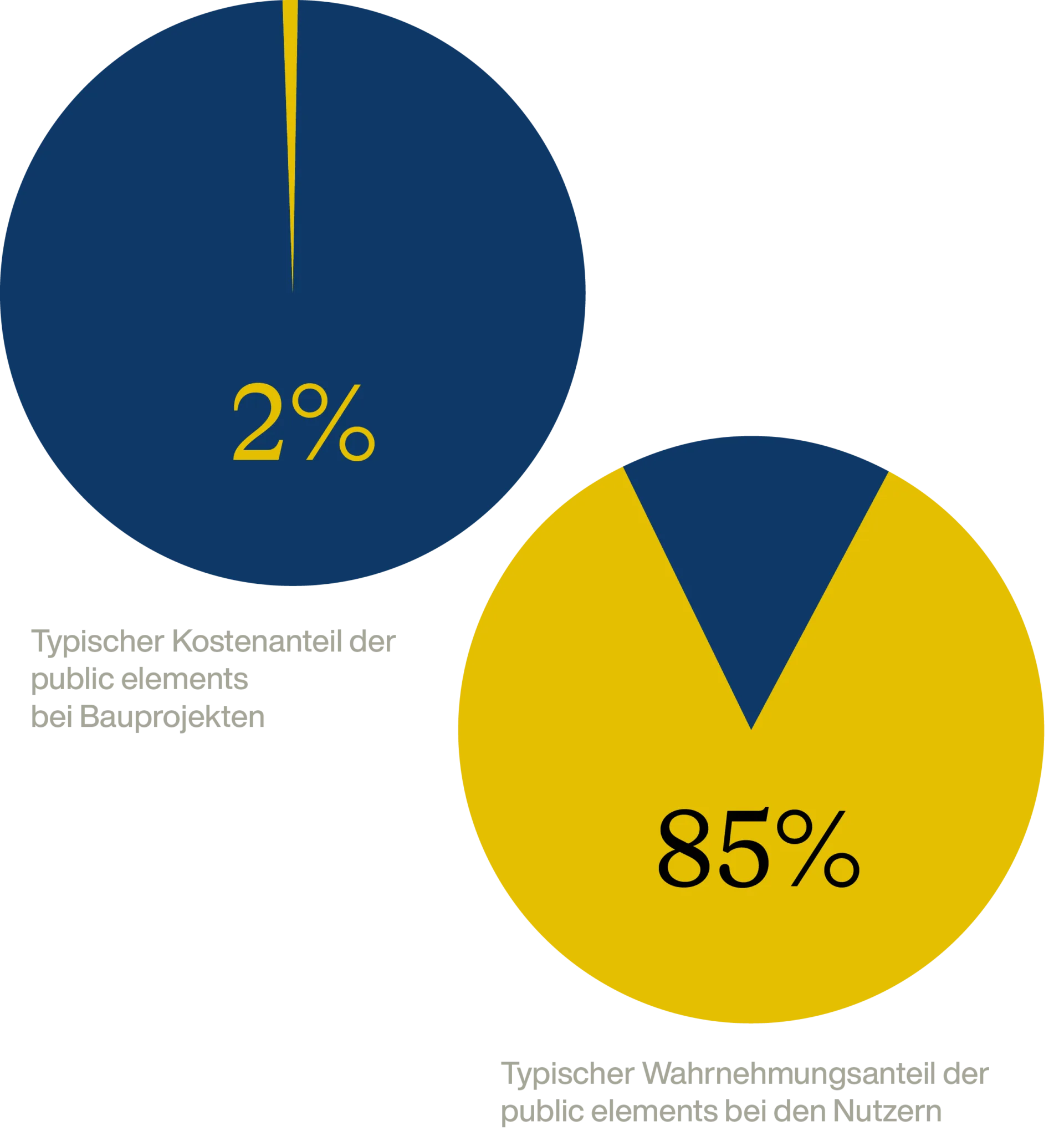

Public Elements stellen nur einen ganz kleinen Teil der Gesamtkosten dar
Great importance often suggests great costs. This is not the case with the public elements. If one compares the investment sum of all public elements with the costs of all construction measures, e.g. for the Summer Olympics in Socchi or for the construction of a new airport or a new park, one finds without exception that these rarely amount to more than 2%. This means that the investment that has the greatest influence on the positive (or negative) perception of a public space by the target group is often the smallest cost item of the overall project. Or to put it even more clearly:
Those who try to "optimise" the 2% of the public elements' cost share run the risk of jeopardising the impression and thus the use of their entire building investment.

